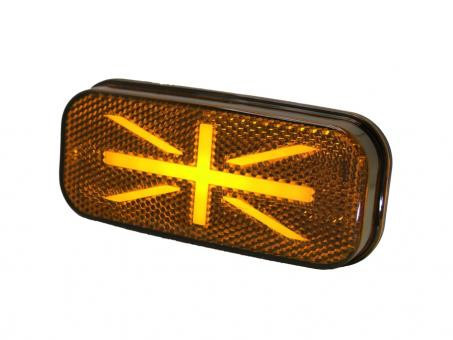
The road at night is a dangerous place -- and not just for the owls. Since the advent of motorised vehicles, keeping tabs on one’s vehicle when it’s dark outside has been a constant struggle. That’s where vehicle lights come in! vehicle lights are essential safety features that are used to enhance visibility and keep drivers and passengers safe when driving at night or in other low-light conditions. As you probably know, vehicle lights can be split up into different categories: headlights, tail lights, front fog lights, auxiliary lights (e.g. third brake lights), and even interior cabin lighting. So what exactly is the history of vehicle lights? Let’s take a look!
The first vehicle headlights were installed on the first vehicles in the early 1900s. They were simply carbon arc lamps that featured two filaments (one positive and one negative). The lamps weren’t very efficient, but they worked. The early vehicle headlights were mainly used for visibility purposes. It wasn’t until the 1920s that vehicle lights began to be used for safety purposes. The first vehicle tail lights were introduced in the early ‘20s. They weren’t very bright, but they did succeed in creating a visual signal that reminds us of the early vehicle tail lights we see today. Most early vehicle lights were incandescent. They weren’t very efficient, and they had short lifespans. They also didn’t emit much light. This is one of the reasons why lighted vehicle windows were introduced in the late ‘30s.
In the ‘40s, vehicle owners could get their vehicle windows tinted in different colours. This was a fashion statement at the time. This is also when halogen gas was introduced. Halogen gas is a bright orange gas that’s used in some vehicle lights. It was mainly used in vehicle fog lights, but it could also be used in other types of lights. Halogen gas isn’t very efficient, but it produces a lot of light. 1940s-era vehicle lights weren’t very efficient either. This is one of the reasons why vehicle companies started to add fuel-saving devices to their vehicles. They even added devices that help conserve fuel by conserving energy in lights.
In the ‘50s, incandescent vehicle lights were still being used. They weren’t very bright and had short lifespans. vehicle companies started to install light dimmers in vehicles. This allowed owners to dim their vehicle lights. They also tinted windows darker. 1955 is the year when General Motors added an automatic cutoff feature to their carburetor. It’s still being used in vehicleburetors today. The cutoff feature automatically shuts off the fuel supply when the engine is turned off. This helps conserve fuel by cutting down on the use of vehicle lights.
In the ‘60s, vehicle manufacturers started adding turn signals to their vehicles. They also experimented with LED lights. LED lights are lights that are made up of diodes. They were mainly used in decorative vehicle lights in the ‘60s. 1970 was the year when vehicle manufacturers started adding convertible roofs to their vehicles. They also added rear windows to convertibles. vehicle manufacturers also started adding high-intensity discharge (HID) lights to their vehicles. HID lights are very efficient lights that produce a lot of light. They’re used in modern day vehicle lights.
In the ‘70s, flashing LEDs were used in vehicle lights. They weren’t very efficient, but they did the job. Neon tubes were also used in the ‘70s. They weren’t very bright, but they were easy to use. vehicle manufacturers started to use halogen in more places. They used it in headlights, fog lights, and even turn signals. Halogen gas was used in more places as well. It was used in lights, fog lights, and even turn signals.
Modern day vehicle lights are safer and more efficient than ever. Many of them have been redesigned from the ground up. Vehicle manufacturers have worked hard to replace incandescent lights with more efficient lights. They’ve also worked hard to make their vehicle lights more visible. For example, they’ve added LED lights to their front bumpers. They’ve also added lights to their side mirrors. In addition, they’ve added lights to their roofs. All in all, vehicle lights are safer and more efficient than ever before. They’re also a lot more diverse than they used to be. This is one of the reasons why driving at night has never been safer.